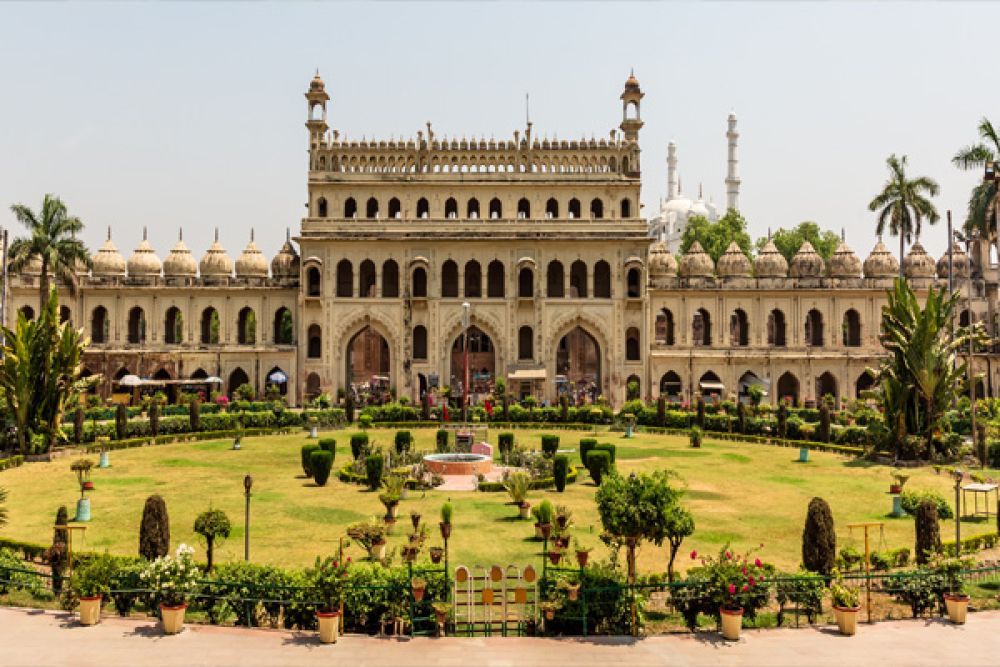

Nestled in the heart of Lucknow, the capital city of Uttar Pradesh, the Bara Imambara stands as a testament to the architectural prowess and grandeur of the Nawabs. Built in the year 1784 by Nawab Asaf-ud-Daula, it was constructed as a part of a famine relief program. This magnificent structure not only served as a congregation hall for Shia Muslims during the religious observances of Muharram but also became a central landmark in the cityscape of Lucknow.
Although the Bara Imambara has been a place of religious significance since its inception, it wasn't until the British colonial era that it started to draw attention as a tourist destination. The intricate design and historical significance of the Imambara made it a place of interest for British officers and travelers alike.
Post-independence, the Government of India and the Uttar Pradesh Tourism Department recognized the Bara Imambara as a heritage site. They took considerable efforts to preserve and promote it, facilitating an increase in both domestic and foreign tourists.
In recent years, there has been a substantial emphasis on developing the surrounding areas of Bara Imambara to enhance the tourist experience. One notable trend is the night tourism concept, where the monument and its surroundings are beautifully illuminated, allowing visitors to enjoy the site in a completely different ambiance.
Additionally, the introduction of heritage walks and cultural events within the premises has made the Bara Imambara more than just a historic visit; it's an opportunity to engage with the rich culture of Lucknow. Initiatives such as these have undoubtedly increased visitor engagement, bringing this architectural marvel into the limelight of Indian heritage tourism.
The Bara Imambara is open to visitors throughout the year and has a nominal entry fee. To fully appreciate the history and architecture, visitors often hire local guides available at the entrance. It's advisable to visit during the cooler months from October to March for a more pleasant experience.